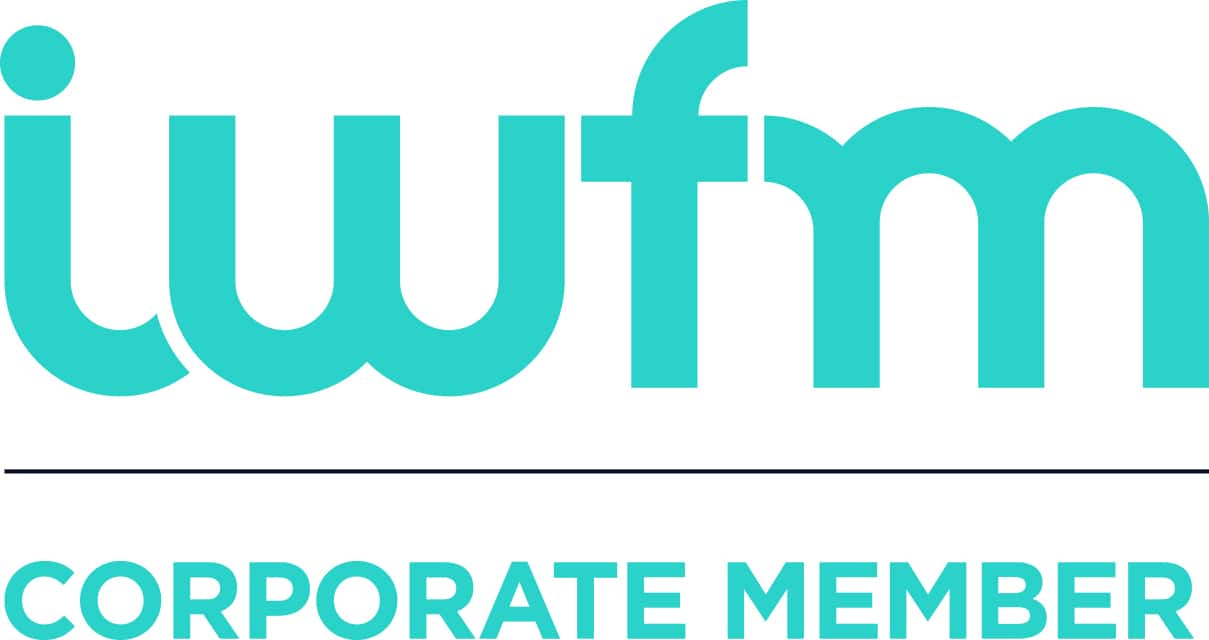If you turn on the lunchtime news or scroll through the headlines, you’ll too often hear about a legionella outbreak in a local hospital or school. Legionnaires’ disease, as the illness is most often called, is a bacterial infection that colonises the lungs and can cause an acute bout of pneumonia.
The crucial aspect about legionella for building managers to consider is that the offending bacteria lives in manmade water sources, as well as natural ones. These structures can include water systems for hot and cold water, pools, and even condensers. The chance of encountering an outbreak of legionella at your business facility can be mitigated by undergoing a thorough legionella risk assessment.
This preventative protocol means that you must ensure that all of the following issues are considered:
1. Understand how the legionella bacteria multiplies
Legionella bacteria is a particular risk when it begins to proliferate in a water source, which can occur due to a range of factors. Firstly, the temperature must be conducive to growth, usually at around 20 to 45°C. If you operate a system in which water repeats circulation around the building, or your water is contained and stored, then these are also risk factors and must be considered during an assessment.
Some properties will use fixtures or cooling towers that result in contaminated water being spread into the air. This is a high risk because the pathogen is most dangerous when it makes its way into the lungs.
It’s also important to consider whether your water system is well maintained and free of build-up, or whether it’s filling with a range of organic material that provides an essential food source for legionella bacteria. A comprehensive risk assessment should always take into account all of these factors.
2. Thoroughly investigate your property’s water system
Legionella management requires a comprehensive survey of your entire structure and maintenance programme. All aspects and parts of the building that involve water processing should be considered and monitored. The bacteria could begin to thrive in any area, and not just the highest risk locations.
It’s also important to think about what your business is used for and how that might affect your risk of legionella. Is it a spa and pool with regular water temperature fluctuations and potential for water droplets, or is it a hospital or hotel with a large tank of stored water and/or a recirculating flow?
During a risk assessment, the property should be thoroughly mapped out with a detailed diagram covering all working and non-working water systems and features. It’s crucial that every element is covered and included from each tank and piping system to every individual pump, among other items.
3. Ensure that your building is always up to scratch
The point of a risk assessment is to make sure potential areas of concern are not only identified but can be dealt with rapidly. For instance, you should have a protocol in place for any scenarios in which a change to the water system could affect bacteria levels, such as switching on a previously unused part.
In addition, if your water system is filled with organic debris, such as sludge, rust, or scale, then it’s imperative this is handled swiftly before it becomes hazardous for both clients and employees.
With building maintenance services, such as those offered at Incor Group, you can ensure that your facility is always well managed and supported by an expert team. Give us a call today to discuss our range of services and discover how we can help you to keep your business running smoothly.







